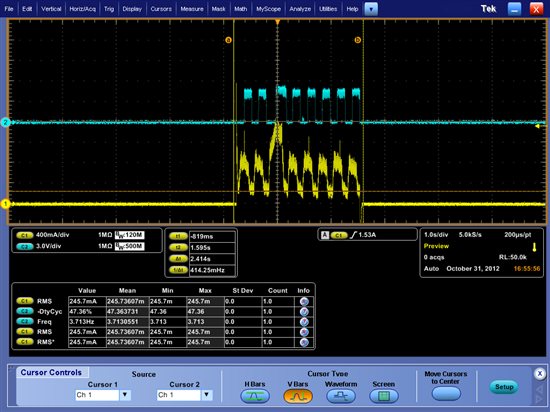Hi,
Would like know the max current rating sustainable for DRV8823. Based on some test done, it can sustain up to 1.8A. Current requirement is 2A non continous and wondering if the part is capable of. And if it is capable of, what would be the duration? Application is to drive 4x DC motor (brushed), one at a time, at 24V input. If it is not, any other good device to recommend which is able to perform this? 24Vin, 4xDC motor, 2A to 2.5A.
Regards,
RVG


